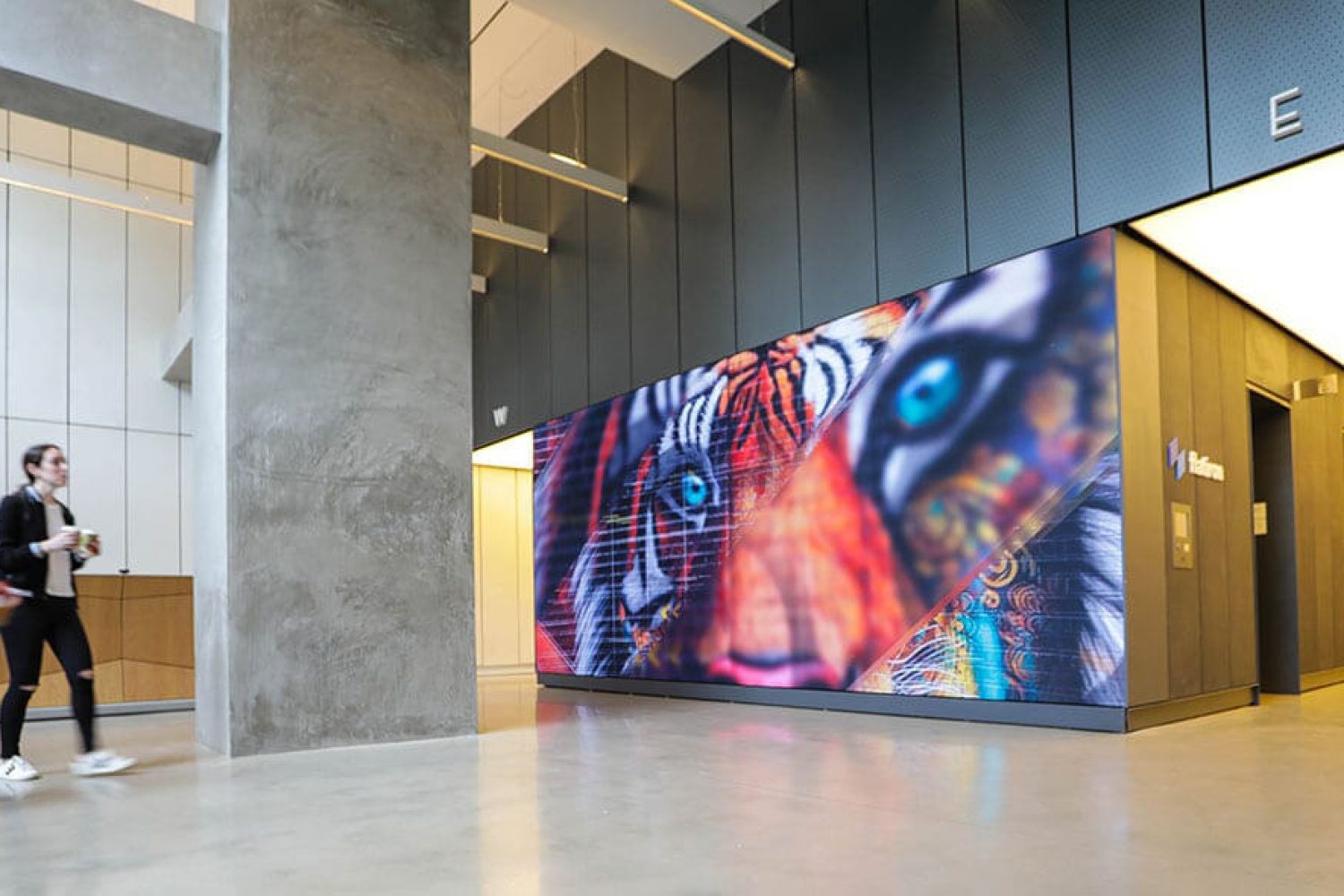Mastering Hue Accuracy in Light Emitting Diode Wall Adjustment for Breathtaking Visual Presentations
Mastering Hue Accuracy in Light Emitting Diode Wall Adjustment for Breathtaking Visual Presentations
Blog Article
Color precision is essential for creating stunning visual presentations, particularly when employing LED screens. These large displays are commonly found in locations like music venues, athletic arenas, and advertising billboards. When the hues on an LED wall are not correct, the images can look dull or warped, which can impact the total impression for audiences. Therefore, mastering color precision in LED screen calibration is vital for achieving lively and true-to-life images.
The first step in ensuring color accuracy is comprehending how LED systems works. LEDs, or light-emitting diodes, produce light in various colors by combining red, green, and blue (RGB) light. Each dot on an LED screen is made up of these three hues. When tuned properly, the combination of RGB can produce a broad range of colors. However, if one hue is too intense or too faint, it can throw off the entire screen. This is why calibration is needed to equalize the hues and achieve the intended graphic effect.
Tuning entails modifying the configurations of the LED wall to ensure that the colors displayed match the initial material as closely as possible. This process typically involves using specific software and hardware tools. Technicians frequently use color assessment devices, such as spectrophotometers, to examine the colors being displayed. By contrasting the assessed colors to benchmark color standards, they can make precise adjustments. This ensures that the hues are not only vibrant but also uniform across the entire screen.
Another important factor of color accuracy is comprehending the surroundings in which the LED wall is employed. Elements such as surrounding light can significantly impact how hues look. For instance, a brightly lit room may wash out hues, making them look less vibrant. To mitigate this, technicians may adjust the brightness and contrast configurations of why not try this out the LED screen. Additionally, they may choose specific color settings that are better suited for different lighting conditions. This flexibility helps maintain color precision regardless of the observing environment.
Ultimately, routine upkeep and re-tuning are crucial for maintaining an LED screen looking its finest. Over time, the performance of LEDs can alter due to elements like degradation and temperature fluctuations. Frequent inspections and modifications can help ensure that the hues stay correct and lively. By committing time in appropriate calibration and upkeep, venues can offer audiences with stunning graphic presentations that enhance their overall experience. Mastering color precision in LED screen tuning is not just a mechanical task; it is an art that adds to the wonder of graphic narration.